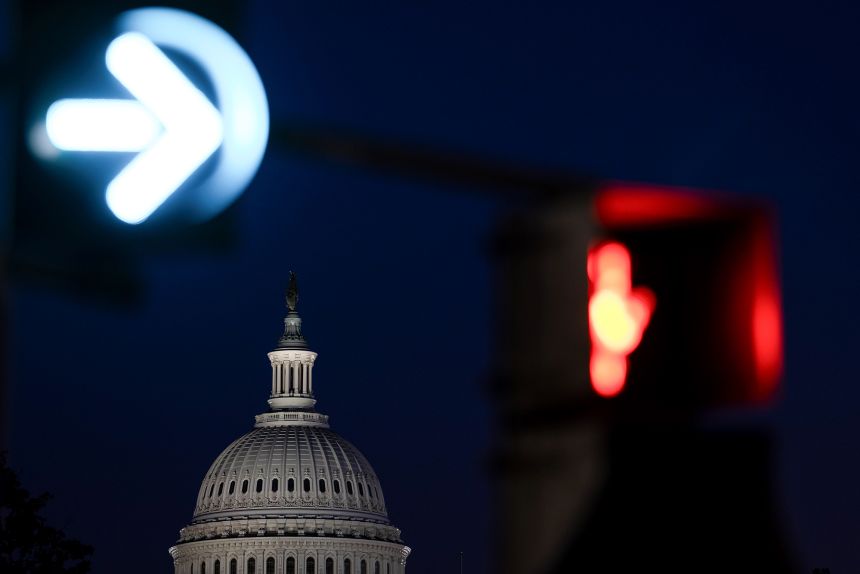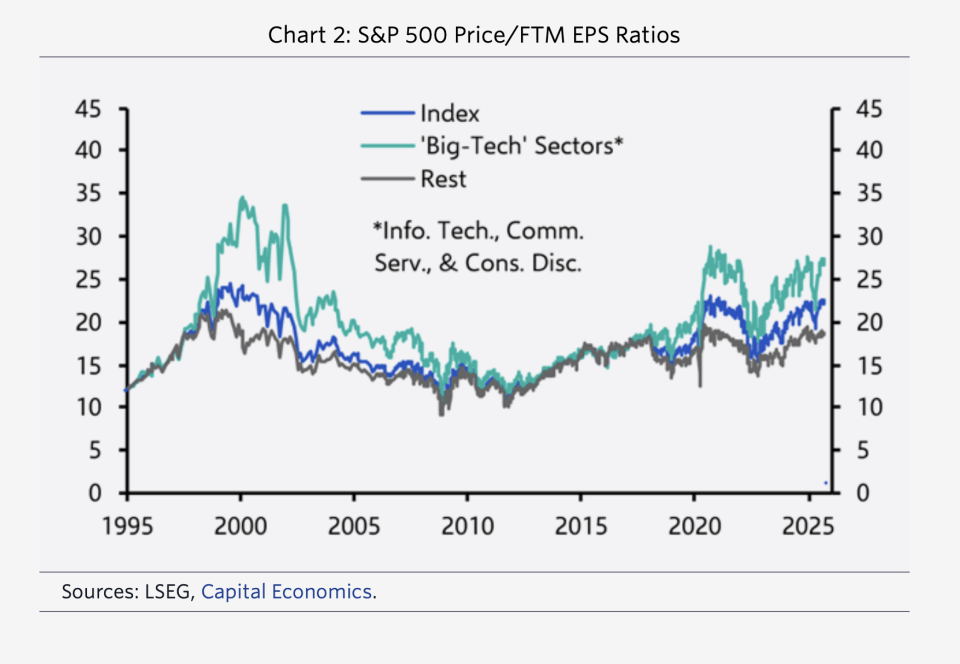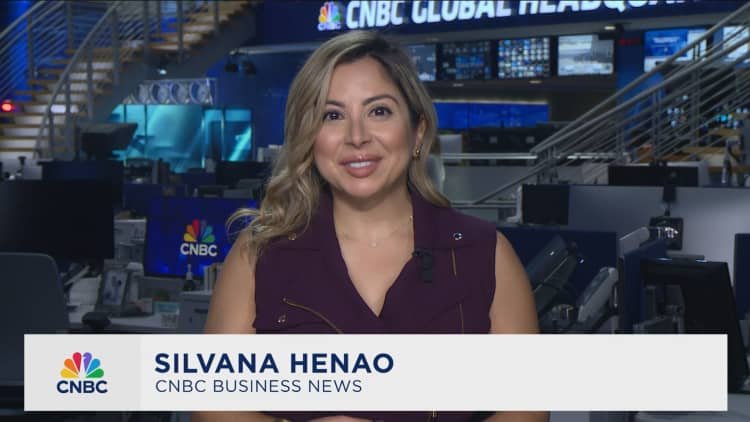New York
—
Stocks were higher on Friday as investors continue to brush off concerns about the government shutdown.
The Dow rose 523 points, or 1.12%. The S&P 500 gained 0.5% and the tech-heavy Nasdaq Composite rose 0.2%. Each of the major indexes are coming off a day of record highs.
Stocks are grinding higher due to relatively strong corporate earnings, enthusiasm about artificial intelligence and hopes for Federal Reserve rate cuts.
The Dow led the market higher on Friday, with a widespread rally lifting 27 out of 30 of the companies in the index.
History shows that stocks are usually unaffected by shutdowns, which tend to be short lived and have minimal long-term effect on the economy.
“History essentially says that government shutdowns have been more headline events than bottom-line-affecting events,” said Sam Stovall, chief investment strategist at CFRA Research.
While stocks look past concerns, Wall Street is also dealing with a government data blackout that has left investors without the usual gold-standard indicators of the health of the economy.
The crucial monthly jobs report from the Bureau of Labor Statistics was not published Friday and is among the data that will be delayed at least until the government shutdown ends.
The lack of government data leaves investors, economists and policymakers with a murkier view of the economy at a crucial moment when concerns are mounting about a weaker labor market and stickier inflation.
If the shutdown drags on, the lack of government data could strain investors’ understanding of the health of the labor market and path of inflation at a time when stocks are historically expensive and vulnerable to a surprise.
“There’s no good time for a shutdown, but this one is particularly ill-timed. The lack of updated labor data coincides with other signs of fragility in the economy,” Mark Hamrick, senior economist analyst at Bankrate, said in an email.
Government agencies including the BLS, Bureau of Economic Analysis and Census Bureau said they are postponing publication of data until after the shutdown ends.
“It generates an uptick in uncertainty, because we’re not getting the consistent economic clues that we’re used to,” said José Torres, senior economist at Interactive Brokers.
The Dow and S&P 500 hit back-to-back record highs on the first two days of the shutdown. The Dow, S&P and Nasdaq are each set to end the week with gains of more than 1.5%.
Still, risks remain: The absence of the jobs report and the potential for a lack of information going forward adds a fresh layer of uncertainty to markets and muddies the Fed’s view of the economy.
“It is more difficult than usual to measure the state of the US labor market, with gold-standard economic indicators produced by the federal government unavailable during the shutdown,” Bill Adams, chief economist at Comerica Bank, said in a note.
But the risks associated with the shutdown grow as it continues, according to Keith Buchanan, senior portfolio manager at Globalt Investments.
“We just feel like the market is being a little too sanguine,” Buchanan said. “We don’t think that the market appreciates the risk of a stickier, more contentious shutdown.”

Investors and economists are stuck looking to other sources of data for information about the economy.
On the labor market side, data from private payrolls firm ADP is one of the tools investors can focus on in the absence of the BLS report.
ADP data published on Wednesday showed the private sector shed 32,000 jobs in September. That spurred traders to ramp up bets that the Fed will cut rates in October, providing a boost for stocks.
However, it’s a sign that the labor market has deteriorated in recent months, and without the government data, Wall Street will be without the monthly gauge of the unemployment rate.
“Economists now lack official economic data from the US,” Paul Donovan, chief economist at UBS Global Wealth Management, said in a note.
“Private sector data is a poor substitute,” Donovan said. “Private data is like viewing the economy through a keyhole — clear, but with a narrow field of vision. Official data is like opening the door.”
Paul Christopher, head of global investment strategy at Wells Fargo Investment Institute, said in a note that he is advising clients to look past concerns about the shutdown.
“We do not know how long the shutdown will last, but our guidance remains to look through the event to what we expect will be the main drivers of the economy and investment returns through the next 12-15 months,” Christopher said.
Catalysts for stocks include a gradual reduction in trade policy uncertainty and expected Fed rate cuts, he said.
The monthly jobs report is particularly key for the Fed, which is dependent on official government data to guide policy decisions.
With data set to be postponed, the Fed is “flying blind,” according to David Seif, chief economist at Nomura.
“If a shutdown … ends up being one of the historically longer ones, the Fed may have no additional top-tier data, and few data of any kind, between its 17 September and 29 October rate decisions,” Seif said in a note.







